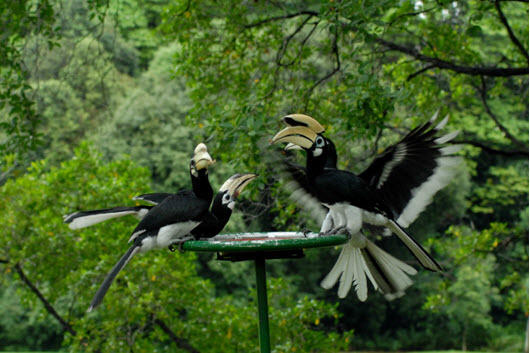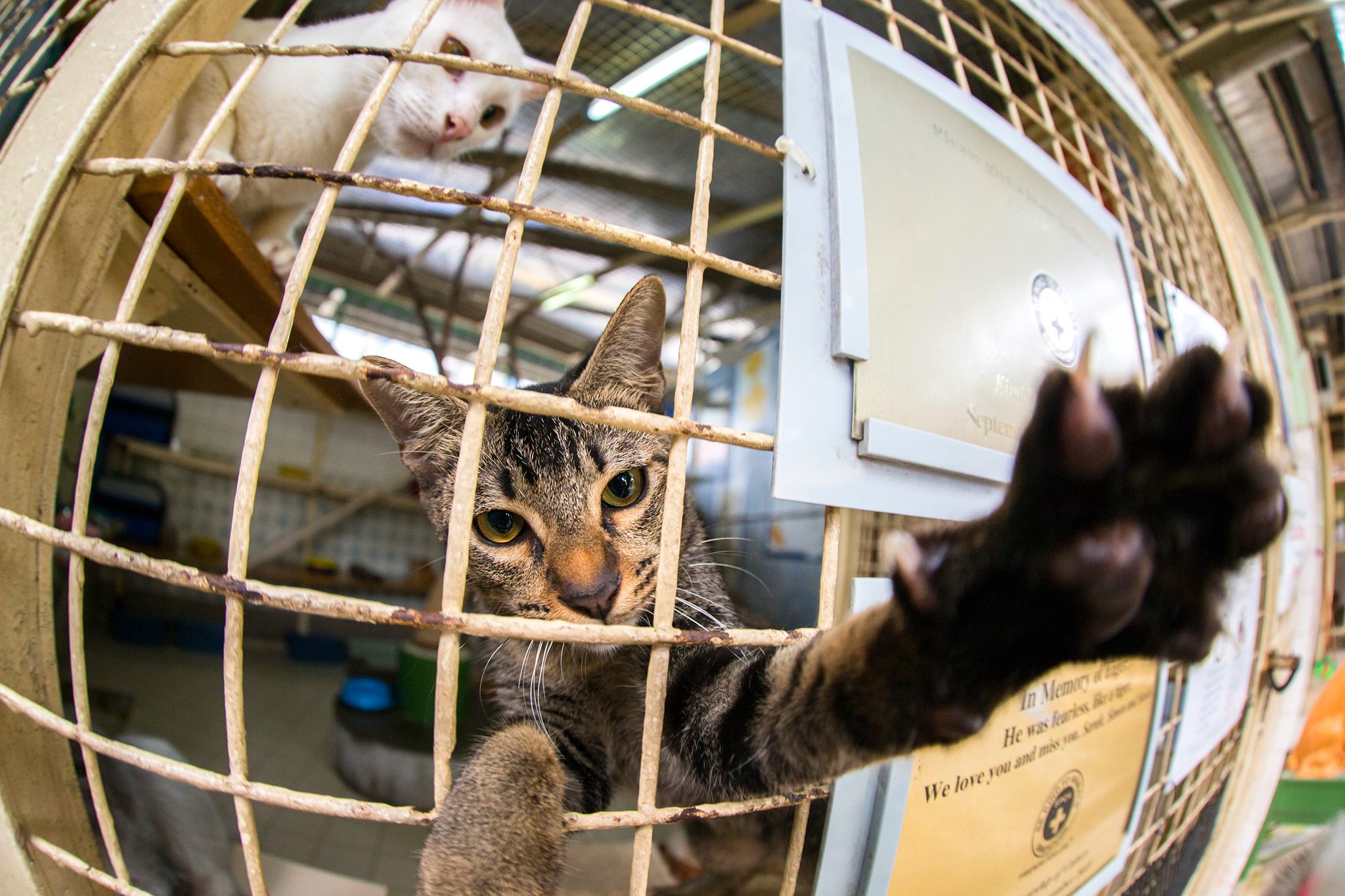In recent weeks, the Internet has been abuzz with news of the proposed construction of the Cross Island Line.
Much registration of displeasure has been coming from nature lovers, ecologists and environmental experts who are strongly opposed to building the line through the Central Catchment Nature Reserve — an area that is home to 413 species of plants, 218 species of birds, 30 mammals, 24 freshwater fish species and 17 species of amphibians.
It is important to note, however, that no decision has been made — yet.
LTA chief Chew Men Leong has clarified that the government is studying two options and citizens still have the chance to influence the outcome.
In short, no one is digging anything yet. For now, at least.
So what are the two options?
Option 1 is the red one that has gotten everyone riled up, while the green dotted line is Option 2, which most voices on the internet are fighting for (see picture below).

Since advocates of the other side have so far been less vocal and underrepresented online, we have taken the liberty to be their mouthpiece.
Here are 12 reasons why Singapore should choose to have the Cross Island Line cut through the Central Catchment Nature Reserve, as presented by Option 1:
1. We will save money
 Image from here
Image from here
Can we put a price on our natural heritage? Sure seems that way. (According to LTA, it might be $2 billion cheaper to go with Option 1.)
2. We will still have forests
 Image courtesy of Love Our MacRitchie Volunteer Group
Image courtesy of Love Our MacRitchie Volunteer Group
So what if the Environmental Impact Assessment states that there will be a moderate impact on plants and animals if Option 1 is chosen? It's not like they are going to level the entire forest, slaughter the animals and pour radioactive waste into the water. They're just going to dig a tunnel underneath everything.
Everyone knows what happens underground doesn't affect the surface. Right?
3. We won't have to relocate people
 Image from here
Image from here
According to LTA, if we go with Option 2, the government will need to take back land that will affect both businesses and families.
How can we take land away from people and relocate them? We've never done so before in Singapore and it's unthinkable. Instead, we should round up all the animals and plants, and relocate them instead. We will even pay them the market price to ensure they are fairly compensated.
4. We won't be annoying residents with noisy and dusty construction work
 Image from here
Image from here
Going with Option 2 will result in catastrophic temporary dust and noise pollution to residents living there. Option 1 will only potentially inflict irreversible damage on our nature reserve.
5. We will have a faster commute
 Image from here
Image from here
If the alternative option is chosen, end-to-end travel will increase by a whopping four minutes. And we all know how much Singaporeans can achieve with an extra four minutes every day. Time is money, and we all love money. (^see point 1)
6. We will have more nature reserves...

The Nature Society says that building the line through the Central Catchment Nature Reserve will cause fragmentation... which means we will have a 100 per cent increase in the number of nature reserves in that area. Double the initial quantity.
7. ... and smaller nature reserves are better
 Image from here
Image from here
Continuing from point 7: Fragmentation results in multiple smaller nature reserves. In turn, that means wildlife will have to interact more with one another, and will be able to foster their kampung spirit. The animals should be grateful to us for making their homes cosier. Tiny living spaces ftw.
8. We can create our own nature
 Image from here
Image from here
Who needs natural habitats and reserves, when we can create our own? And it's not like we can't afford it, right? The Gardens by the Bay only cost a measly $900 million, after all. We can always build another garden with the $2 billion we will save by choosing Option 1.
9. We don't have much wildlife left anyway
Might as well get rid of all of them. We can always go to Malaysia or Indonesia to see animals in the wild. Let's leave the conservation to our neighbours so we can focus on development. We hear they're doing a great job at it.
10. Because nature is not part of Singapore's heritage
 Image from here
Image from here
How are plants and animals that have lived here for millennia part of our heritage? True heritage is 100% natural, authentic and looks like this and this.
11. Because the animals affected are not the animals we care about
 Image from here
Image from here
Of course, we are animal lovers, but monitor lizards, birds and frogs don't count as animals, do they? We only care for the furry ones so we can dress them in tiny shoes and post pictures of them on Instagram.
12. Because there are far better alternatives for experiencing nature overseas
 Image from here
Image from here
What are our humble nature reserves compared to the gruelling slopes of Mt Rinjani or the frigid, snow-covered alpine fields of Tasmania?
Some might even say that MacRitchie Reservoir is merely a puddle in the Amazon, Bukit Timah Hill an unspectacular pimple in the shadow of Everest.
Yet puddles and pimples that they may be, they are our own – which brings to mind a certain quote:
Men love their country, not because it is great, but because it is their own." - Seneca
Top photo adapted from Wikipedia.
If you like what you read, follow us on Facebook and Twitter to get the latest updates.
If you like what you read, follow us on Facebook, Instagram, Twitter and Telegram to get the latest updates.

